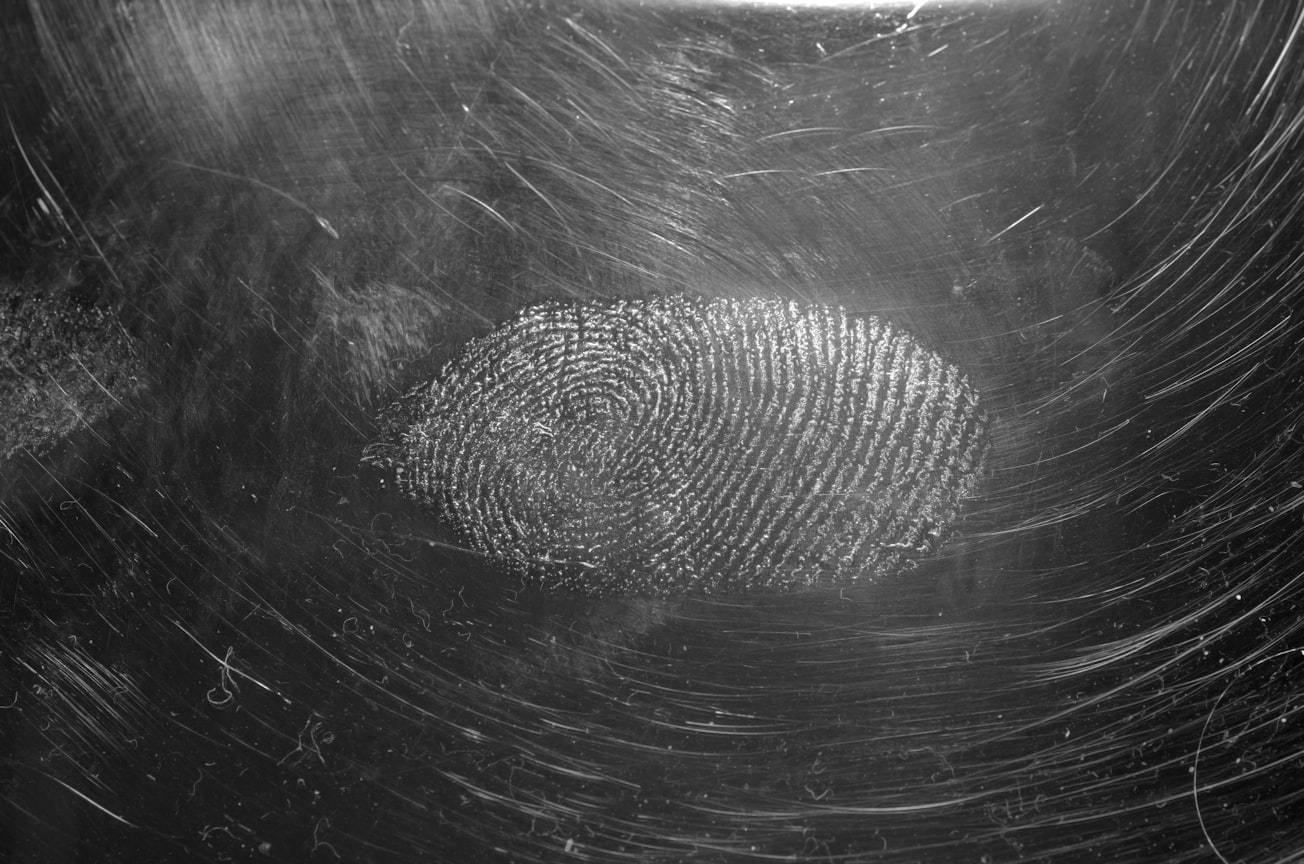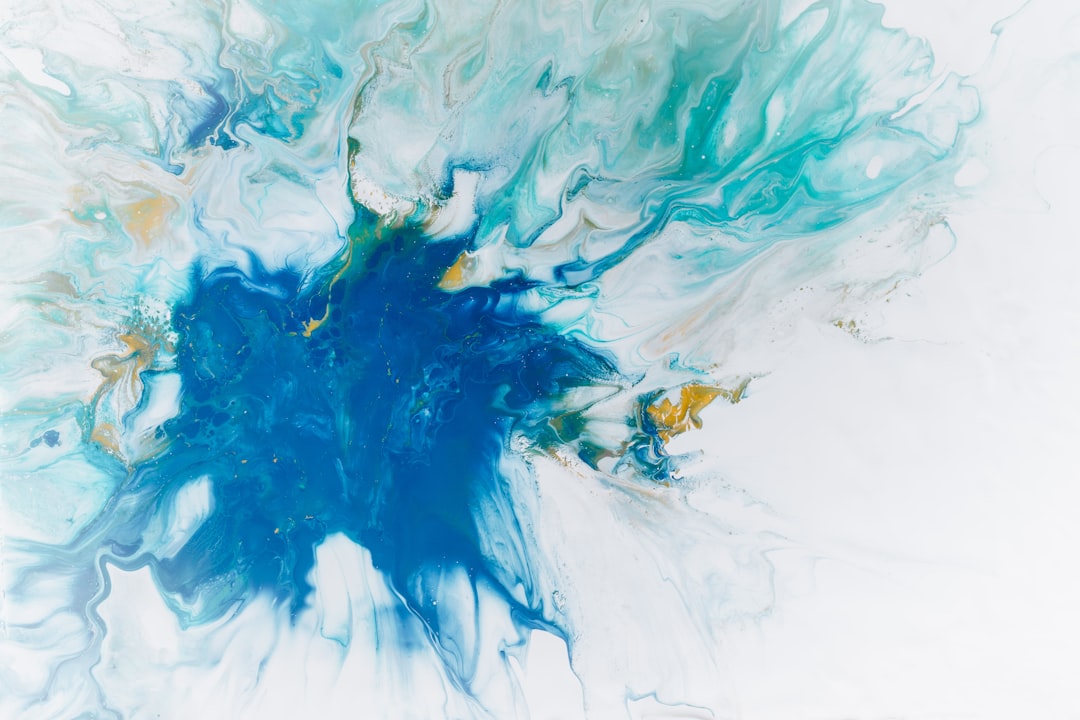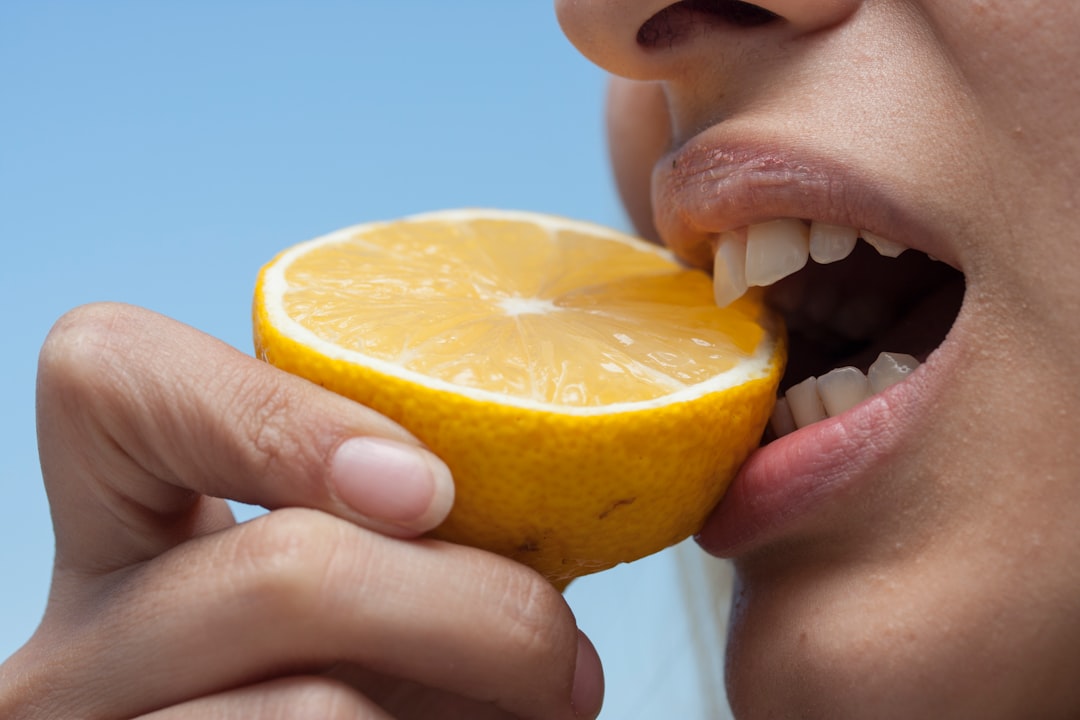What is it about?
Although dusting with a fine powder is the most recognized way of developing fingerprints at a crime scene, other techniques can sometimes give better results. The best way to develop a mark is affected by the material on which it is deposited, how long it has been left and other issues such as the weather conditions and the diet of the person who left the mark. In some cases a sequence of techniques can be better than a single method. This work examines fingerprints that have been developed with a sequence of cyanoacrylate (superglue), dye and vacuum metal deposition (VMD) a thin deposit of gold and zinc. Using an electron microscope to study marks at a scale of about 100nm (1/10000 mm) the work shows that the zinc interacts with the cyanoacyrlate, rather than the print itself, enhancing the earlier development.
Featured Image

Photo by Immo Wegmann on Unsplash
Why is it important?
This is a part of a series of works that help to validate forensic science, explaining the operation of techniques used to fight crime. Understanding the way different processes interact with each other will help design better development methods - for example on polymer banknotes, thermal paper, or water damaged samples.
Read the Original
This page is a summary of: Nanoscale Analysis of the Interaction Between Cyanoacrylate and Vacuum Metal Deposition in the Development of Latent Fingermarks on Low-Density Polyethylene*, Journal of Forensic Sciences, November 2011, Wiley,
DOI: 10.1111/j.1556-4029.2011.01952.x.
You can read the full text:
Contributors
The following have contributed to this page










